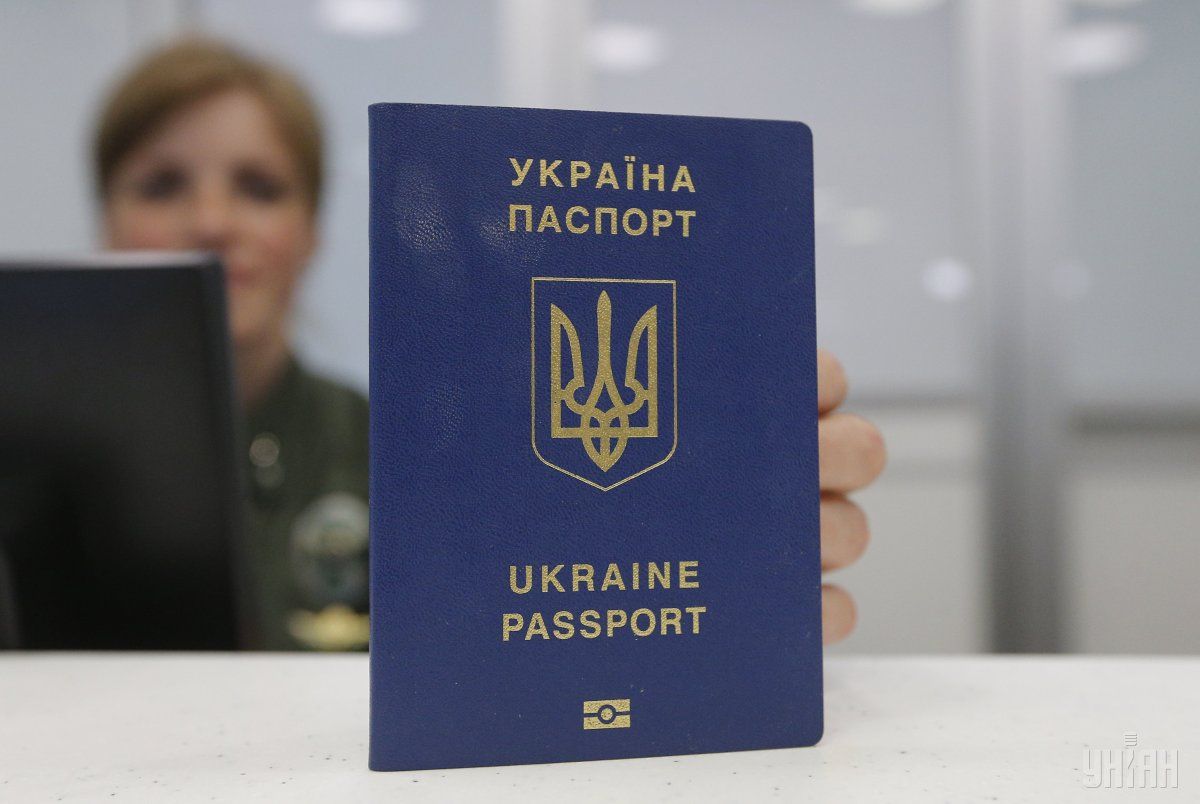
On 25 April, EU ambassadors confirmed an agreement reached between the Council Presidency and the European Parliament representatives on the proposal for a European travel information and authorization system (ETIAS).
The ETIAS will apply to visa-exempt third country nationals. They will need to obtain a travel authorization before their trip, via an online application. For each application, the applicant will be required to pay a travel authorization fee of EUR 7, according to the website of the Council of the European Union.
Read alsoSome 490,000 Ukrainians enter EU without visa since June 2017
The information submitted in each application will be automatically processed against EU and relevant Interpol databases to determine whether there are grounds to refuse a travel authorization. If no hits or elements requiring further analysis are identified, the travel authorization will be issued automatically and quickly.
If there is a hit or an element requiring analysis, the application will be handled manually by the competent authorities. The issuing or refusal of an application which has triggered a hit will take place no later than 96 hours after the application is submitted or, if additional information has been requested, 96 hours after this information has been received.
A travel authorization will be valid for three years or until the end of validity of the travel document registered during application, whichever comes first.
The travel authorization will not provide an automatic right of entry or stay; it is the border guard who will take the final decision.
Before boarding, air carriers and sea carriers will need to check whether third country nationals subject to the travel authorization requirement are in possession of a valid travel authorization. From three years after the entry into operations of ETIAS this obligation will also apply to international carriers transporting groups overland by coach.
Now that the agreement has been confirmed by EU ambassadors, on behalf of the Council, the regulation will be submitted to the European Parliament for a vote at first reading, and subsequently to the Council for adoption.

